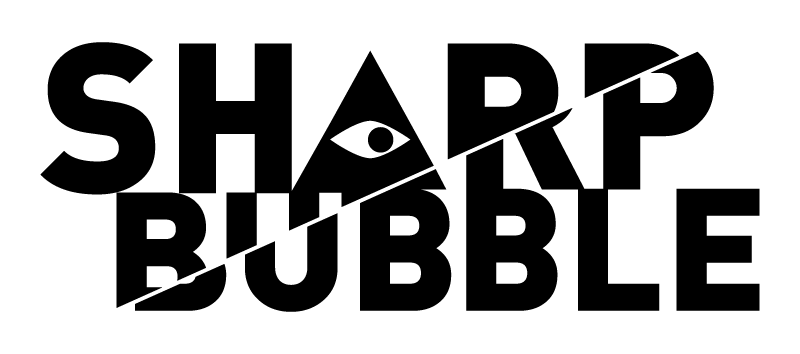ALPHA STRATA
Alpha Strata is a series of 36 illustrations that make up one large image.
Each illustration denotes an alpha-numerical value.
36 characters, consisting of 26 letters of the English alphabet A-Z and 10 numerical values 0-9.
The goal of the project is to demonstrate that symbols like letters and numbers that make
up our languages are all man made. That is important to understand for everyone,
especially for people with learning disabilities, because some of us might think we are lesser
than another just because we learn differently. However, there is nothing wrong with that,
in fact learning differently is what fuels innovation and development.
2019 Digital Illustration
LANGUAGE AS STRATUM OF SOCIETY
Art is a visual language. This is true for all of art, past, present and future. And the reverse is true for written language, it is an art-form of symbols. These symbols form linguistic structures and systems that follow rigid guidelines and grammatical rules that were developed, constructed, and standardized by people within a culture.
Rather than saying, “here is a system that works for everyone, but not this group of people, there must inherently be something wrong with them” we have to think vertically. We have to be progressive and prolific in experimenting. If this system doesn’t work, what system does? How many systems are there? Can we mix and match the systems?
Alpha Strata depicts the English alphabet and the 0-9 numerical values in one continuous image. The alpha-numerical values are presented in layers or stratum to demonstrate how language permeates through each level of our lives and the society we live in. It is present even before our first ABCs, to our college level courses, from our internal dialect, to professional correspondence.
While it is important to master the language to be successful in society, it is also important to understand that the standard methods of teaching a language do not and will not work for everyone. We also have to acknowledge that this is great, because it gives us a chance to rethink how we view language and reevaluate our pedagogy to develop new ways of teaching that may prove to become more efficient and effective.





































